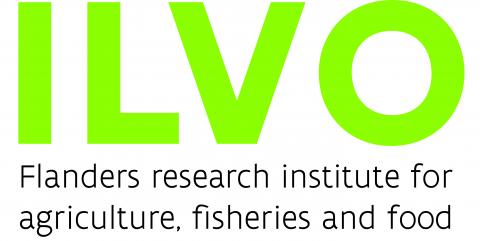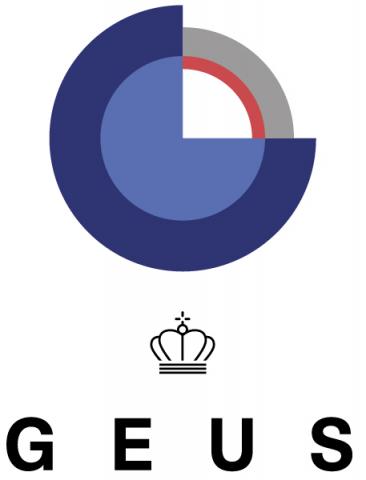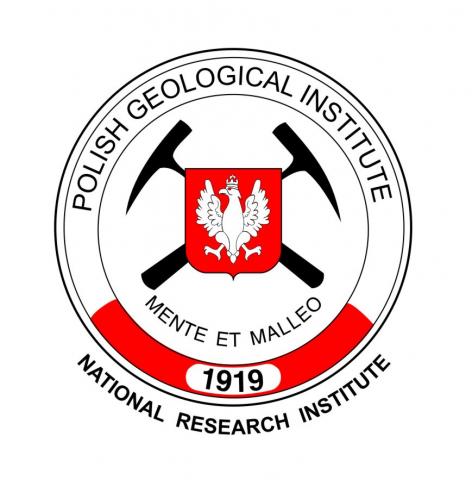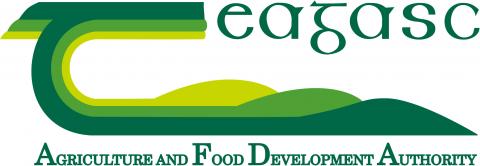About the catchment area
The Irish Actionlab is focused on farmland within County Wexford, in the south-east of Ireland. The area has a maritime temperate climate with an annual mean temperature of 10.6oC and annual total rainfall of 905.5mm (Rosslare, 1980-2010 average, Met Éireann).
Detailed studies will be carried out on two data rich catchments, both of which are extensively monitored within the Agricultural Catchments Programme (ACP): Ballycanew and Castledockerell.
Ballycanew catchment is close to 12 km2 in area and is dominated by poorly drained soils. The lowlands consist of Gleysols (74%) and the uplands, in the southern part of the catchment, consist of well drained Cambisols (26%). Where the two soils meet there is a spring-line with numerous small springs feeding tributaries to the main stream. In the lowlands there are areas with an 8 – 20 m thick layer of dense marine clay below ca. 2 – 3 m. The geology consists of rhyolitic volcanic and grey/black slates of the Campile formation. 37% of the land has slopes greater than 5%. The hydrology is “flashy” and the land is sensitive to surface runoff and quick shifts in weather.
Castledockerell catchment is just over 11km2 in area and is dominated by well drained soils. The catchment has 80% well drained acid brown earth soils (Cambisols) and 20% poorly drained Gleysols. The bedrock is Ordovician slate and silt stone of the Oakland formation. The water contribution from the unconfined aquifer is poor. 18% of the land has slopes greater than 5%. Dominant flow pathways are expected to be subsurface within the stratified zones of highly permeable weathered and fissured rock overlying the fresh bedrock. Dominating hydrological pathways are belowground and stream water is highly reflective of groundwater conditions.
The catchments are part of the River Basin District Management Plan Ireland and belonging to the Owenavorragh and Slaney river catchments.
Links to the local actionlab site and pages










